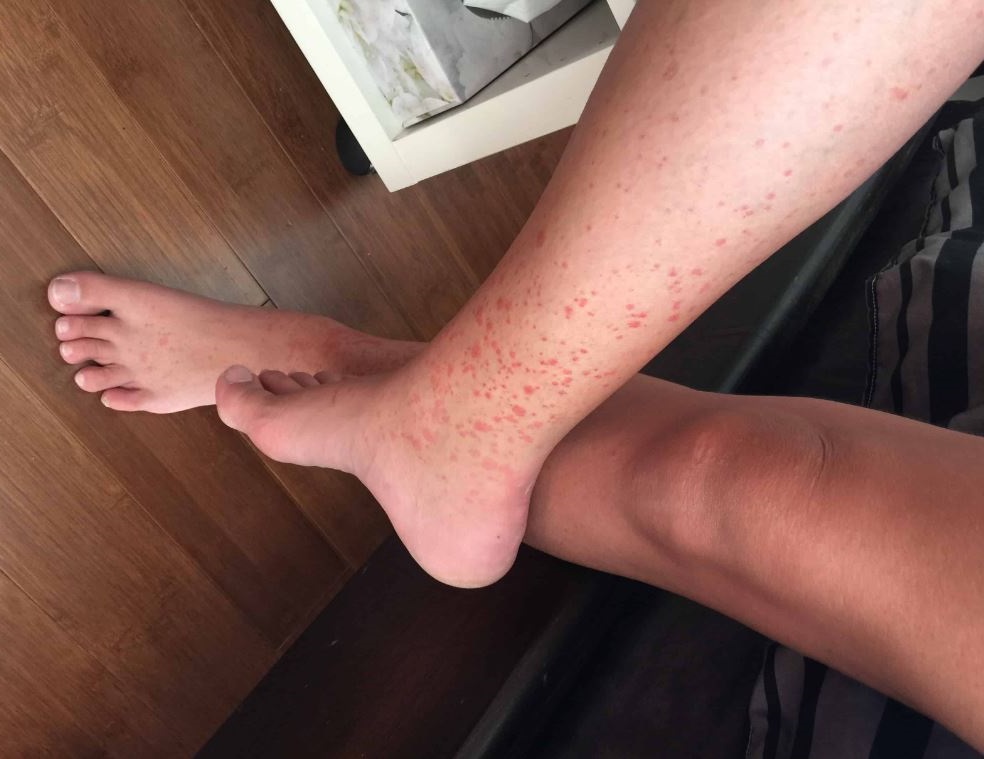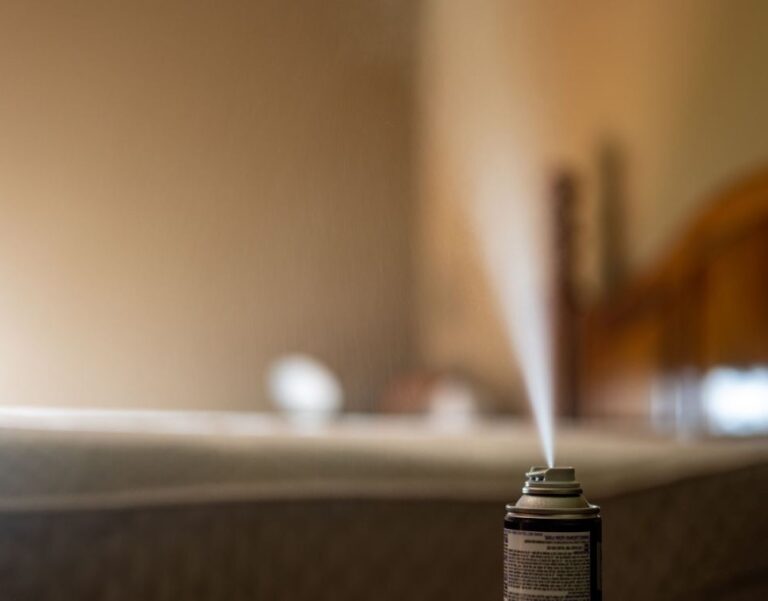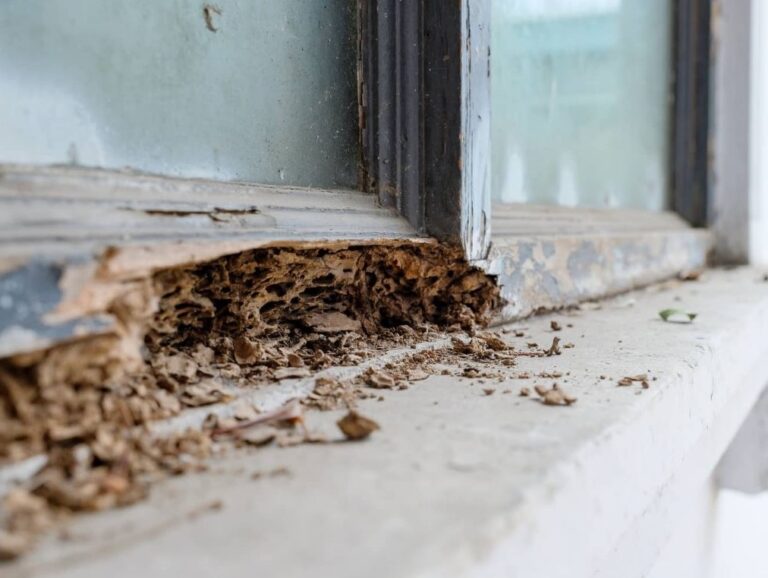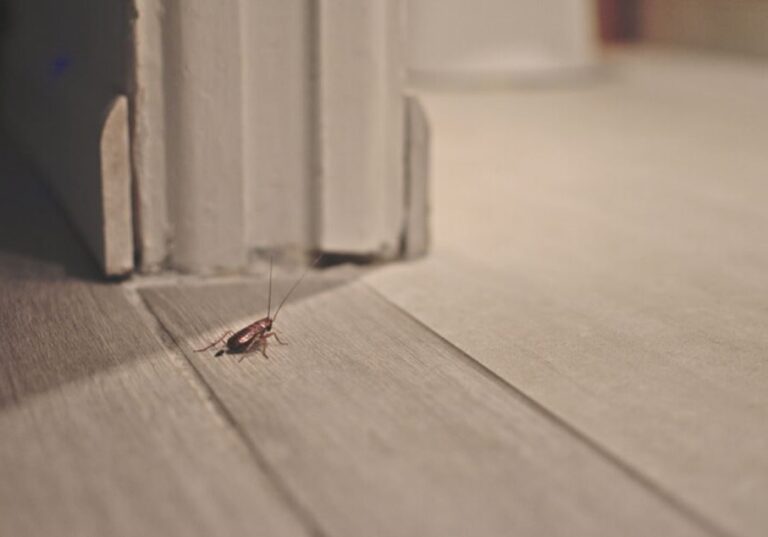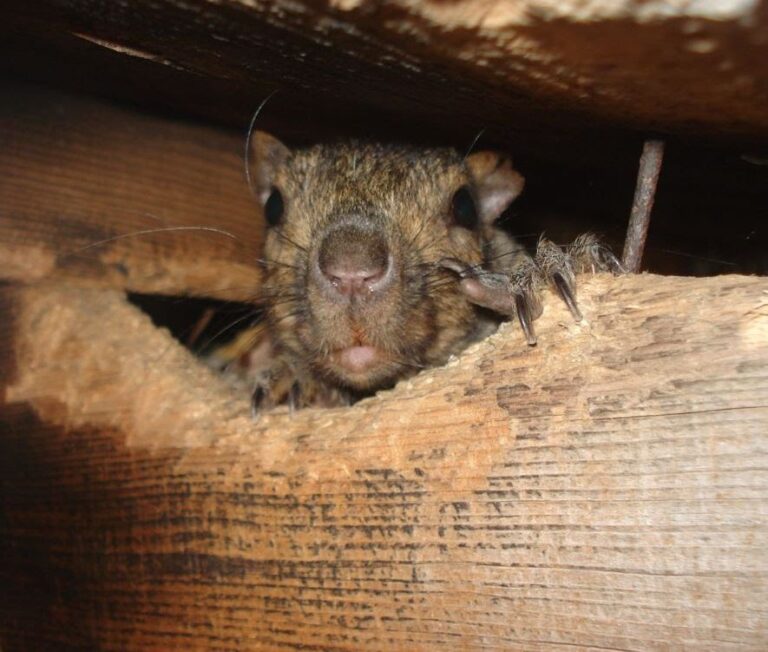Bed Bug Bites vs. Mosquito Bites: How to Tell the Difference
Insect bites can be itchy, annoying, and sometimes even painful. But when a red, swollen mark appears on your skin, how do you know whether it’s from a bed bug or a mosquito? While both bites may look similar at first glance, there are key differences in their appearance, symptoms, and patterns that can help you identify the culprit—and take the right steps to treat and prevent future bites.
In this article, we’ll break down:
- How bed bug bites and mosquito bites differ in appearance
- Common symptoms and reactions
- Where and when you’re most likely to get bitten
- How to treat each type of bite
- Prevention tips to avoid future bites
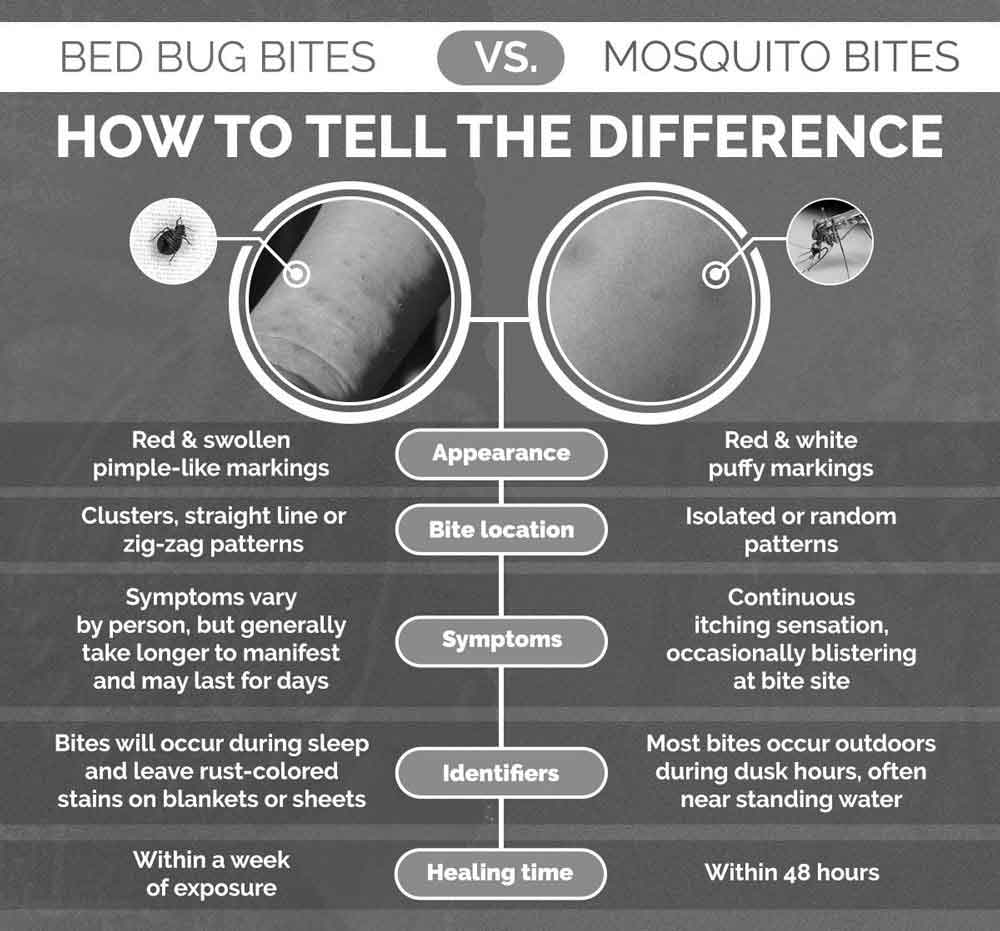
By the end, you’ll be able to confidently tell whether you’re dealing with bed bugs or mosquitoes—and what to do next.
1. Appearance: How to Visually Distinguish the Bites
Bed Bug Bites
- Pattern: Often appear in clusters or straight lines (known as “breakfast, lunch, and dinner” bites).
- Shape: Small, raised, red welts with a darker red center.
- Location: Commonly found on exposed skin while sleeping—arms, legs, neck, and face.
- Development: Bites may take 1-3 days to become visible and can worsen over time.
Mosquito Bites
- Pattern: Usually appear as single, isolated bumps (though multiple bites can occur).
- Shape: Round, puffy, and pink or red with a slightly raised center.
- Location: Any exposed skin, but often randomly distributed (arms, legs, ankles).
- Development: Bites appear almost immediately after being bitten and may develop a small blister if scratched.
Key Difference: Bed bug bites often follow a linear or clustered pattern, while mosquito bites are more scattered.
2. Symptoms: Itchiness, Pain, and Allergic Reactions
Both bites cause itching, but the severity and additional symptoms can differ.
Bed Bug Bites
- Itching: Can range from mild to severe, sometimes worsening over days.
- Pain: Typically not painful unless scratched excessively.
- Allergic Reactions: Some people develop blisters or hives, while others show no reaction at all.
- Duration: Bites can last 1-2 weeks or longer if irritated.
Mosquito Bites
- Itching: Immediate and intense, but usually fades within a few days.
- Pain: May feel a slight sting when bitten.
- Allergic Reactions: Can cause swelling (especially in children) and, in rare cases, transmit diseases (West Nile, Zika, malaria).
- Duration: Most bites heal within 3-4 days.
Key Difference: Mosquito bites itch immediately, while bed bug bites may take time to become noticeable. Mosquitoes can also transmit diseases, whereas bed bugs do not (though scratching can lead to infections).
3. Where and When Do They Bite?
Bed Bugs
- Active Time: Mostly nocturnal—bite at night while you sleep.
- Location: Found in beds, furniture, carpets, and cracks in walls.
- Biting Behavior: Prefer exposed skin but can crawl under loose clothing.
Mosquitoes
- Active Time: Most active at dawn and dusk, but some species bite during the day.
- Location: Thrive near standing water (ponds, pools, gutters).
- Biting Behavior: Attracted to body heat, sweat, and CO₂ (breath).
Key Difference: If you wake up with bites, bed bugs are more likely. If bitten outdoors in the evening, mosquitoes are the probable cause.
4. How to Treat the Bites
Bed Bug Bites
- Wash with soap and water to reduce infection risk.
- Apply corticosteroid cream or antihistamines for itching.
- Use ice packs to reduce swelling.
- Avoid scratching to prevent scarring/infection.
Mosquito Bites
- Clean with alcohol or antiseptic wipes.
- Apply calamine lotion or hydrocortisone cream.
- Take an oral antihistamine (Benadryl) if itching is severe.
- Use a cold compress to soothe inflammation.
When to See a Doctor:
- If bites show signs of infection (pus, extreme swelling).
- If you experience fever, dizziness, or difficulty breathing (possible allergic reaction).
5. Prevention: Keeping Bugs Away
Preventing Bed Bugs
- Inspect hotel rooms and used furniture before bringing them home.
- Use mattress encasements to block bed bugs.
- Wash and dry bedding on high heat regularly.
- Vacuum frequently and declutter hiding spots.
Preventing Mosquito Bites
- Use EPA-approved repellents (DEET, picaridin).
- Eliminate standing water around your home.
- Wear long sleeves and pants during peak mosquito hours.
- Install window screens and use mosquito nets if needed.
Final Verdict: Which One Bit You?
| Feature | Bed Bug Bites | Mosquito Bites |
|---|---|---|
| Pattern | Clusters or lines | Single, random bites |
| Itching | Delayed, worsens over time | Immediate, fades in days |
| Appearance | Red welts, darker center | Puffy, pink/red bump |
| Active Time | Night | Dusk/dawn (some daytime) |
| Location | Bedroom, furniture | Outdoors, near water |
Conclusion
While both bed bug and mosquito bites can be irritating, knowing the differences helps you respond effectively. If you suspect bed bugs, inspect your sleeping area and consider professional pest control. For mosquitoes, focus on repellents and eliminating breeding grounds.
Have you experienced mysterious bites? Share your story in the comments—we’d love to help you identify the cause!

